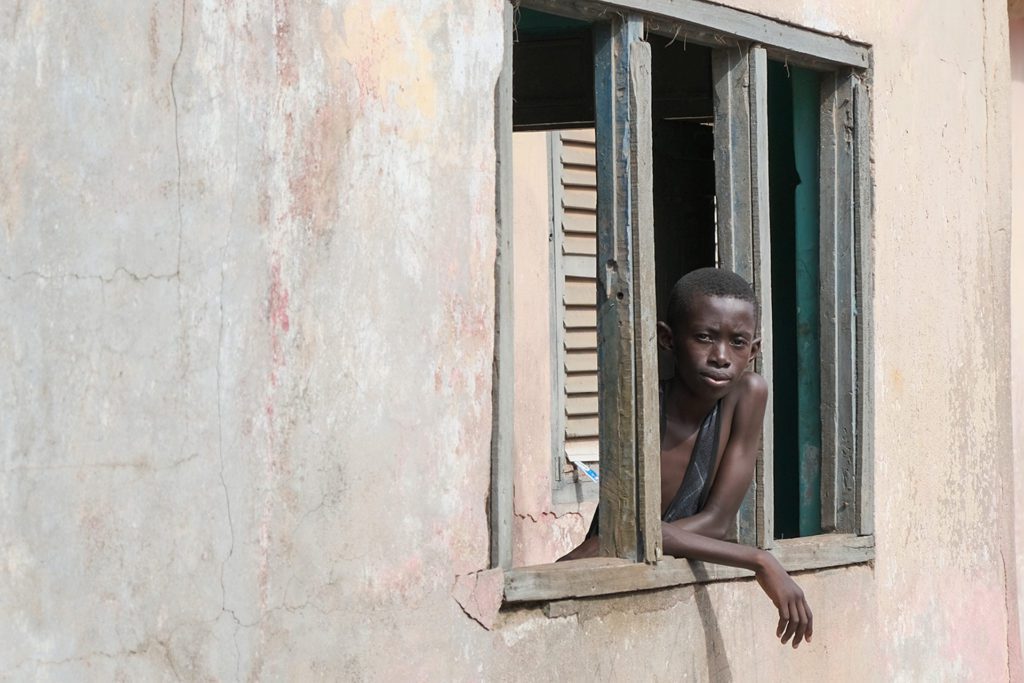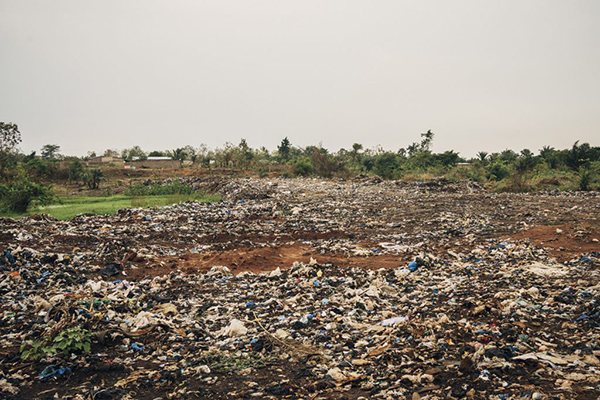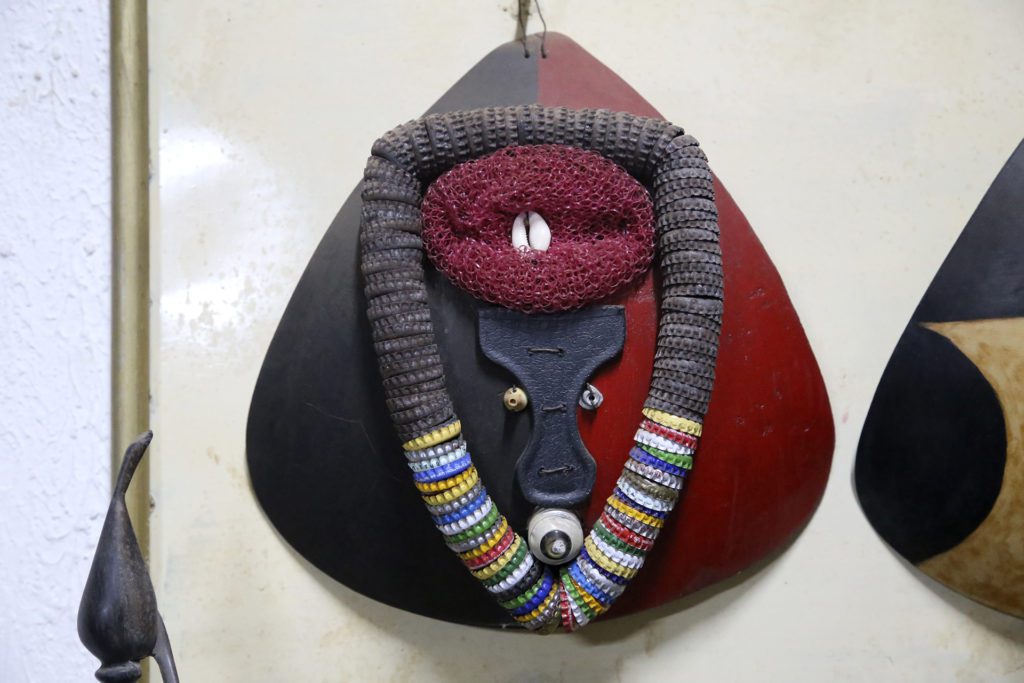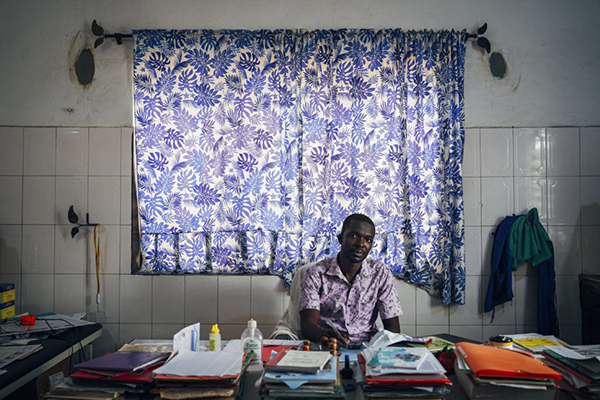Leprosy, what is it? It is a disabling and disfiguring neglected tropical disease (NTD) that affects impoverished people around the world.
Ask anyone around what leprosy is and they’ll likely tell you that it’s a disease from the “old days”, even that it has been eradicated. We know about leprosy through epic period films, the leper colonies of the Middle Ages, and stereotypes of disfigured and ragged people. Nothing could be further from the truth.
There is still much ignorance about how it is transmitted, where it occurs and the stigma surrounding it. Unfortunately, leprosy is a pervasive disease that affects neglected people in the most impoverished parts of the world.
What is leprosy?
Leprosy is a chronic, infectious disease caused by the bacteria called Mycobacterium leprae. These bacteria are transmitted when a person with the disease coughs or sneezes, and a healthy person breathes in the droplets containing the bacteria. Here are some more facts about leprosy:
- It is also known as Hansen’s disease, since the bacteria that causes it was discovered in 1874 by Norwegian physician Gerhard Armauer Hansen.
- More than 127,000 new cases were detected globally in 2020. India, Brazil and Indonesia account for 75% of cases.
- If left untreated, it can cause progressive and permanent damage to the skin, nerves, mucosa of the respiratory tract and eyes.
- It can be cured through a multidrug therapy (MDT) and people affected by leprosy are no longer transmitters once treatment is started.
- The stigma associated with leprosy in developing countries remains a major roadblock to detection and treatment.
- Since 1995, the WHO has made MDT available free of charge to patients worldwide. More than 17 million patients have received MDT over the past four decades.
Working towards a leprosy-free world
There are many organisations working towards the end of leprosy. We do this on different fronts: raising awareness, supporting detection, tackling stigma, etc. One of our lines of work is research. We promote research into new, faster and more effective diagnostic tests; we help map areas and communities where leprosy is most prevalent; and we design models for monitoring and tracking the disease to prevent its incidence from increasing. We do this work in partnership with international organisations such as the Leprosy Research Initiative (LRI) and the Global Partnership for Zero Leprosy (GPZL).






